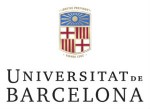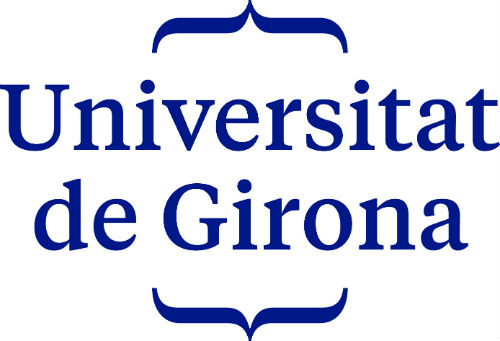Start
March 7, 2016 - 14:00
End
March 7, 2016 - 15:00
Address
Aula 329 – Av. Diagonal, 696 Facultat d’Economia i Empresa - Universitat de Barcelona View mapEl grup d’HISTÒRIA convida a la Dra. Agustina Rayes, investigadora postdoctoral al Consejo Nacional de Investigaciones Científicas y Técnicas (CONICET) Buenos Aires, Argentina, a impartir el seminari XREPP “Margins of trade of an agro-exporter country: the Belle Epoque of Argentinean Exports (1880-1913) revisited” el proper dilluns, 7 de març a les 14h. El seminari tindrà lloc a l’aula 329 de la Facultat d’Economia i Empresa – Universitat de Barcelona.
L’entrada és lliure i no requereix inscriure’s prèviament però es prega puntualitat.
Abstract: (Bulmer-Thomas, 2010) emphasizes how the role of increasing diversification, on both new markets as well as new products, was crucial for exports to promote economic growth in Latin America before the First World War. In that sense, Argentina was the paradigm in the region with the highest levels of diversification, followed closely by Peru at the end of the nineteenth century. The spread of industrialization into continental Europe and the USA meant for Latin America a huge change in the composition of its exports. The colonial trade patterns, characterised by the hegemony of precious metals, declined in favour of new raw materials for the industrialization like copper or tin, and agricultural goods, like meat and cereals, to satisfy the growing demand of food in the industrial countries. But in most of the cases, the emergence of new products coincided with the decline of the traditional ones, provoking the persistence of high levels of concentration in few exports. That was not the case in Argentina, where new products did not replace the previous ones. Following (Bertrán & Huberman, 2015) we look at the numbers of new destinations and new products as dimensions of competition in foreign markets. That allows us to decompose the change in trade into its two margins. The extensive margin is the increase in trade from new partners and varieties; meanwhile the intensive margin is the increase in trade of established countries and products. As far as we know this is the first attempt to apply this methodology to an agro-exporter country, as long as it has usually been used to industrial countries like Belgium (see (Huberman, Meissner, & Oosterlinck, 2015).
MORE DETAIL
Website
http://www.conicet.gov.ar/new_scp/detalle.php?id=35637&datos_academicos=yes













 English
English